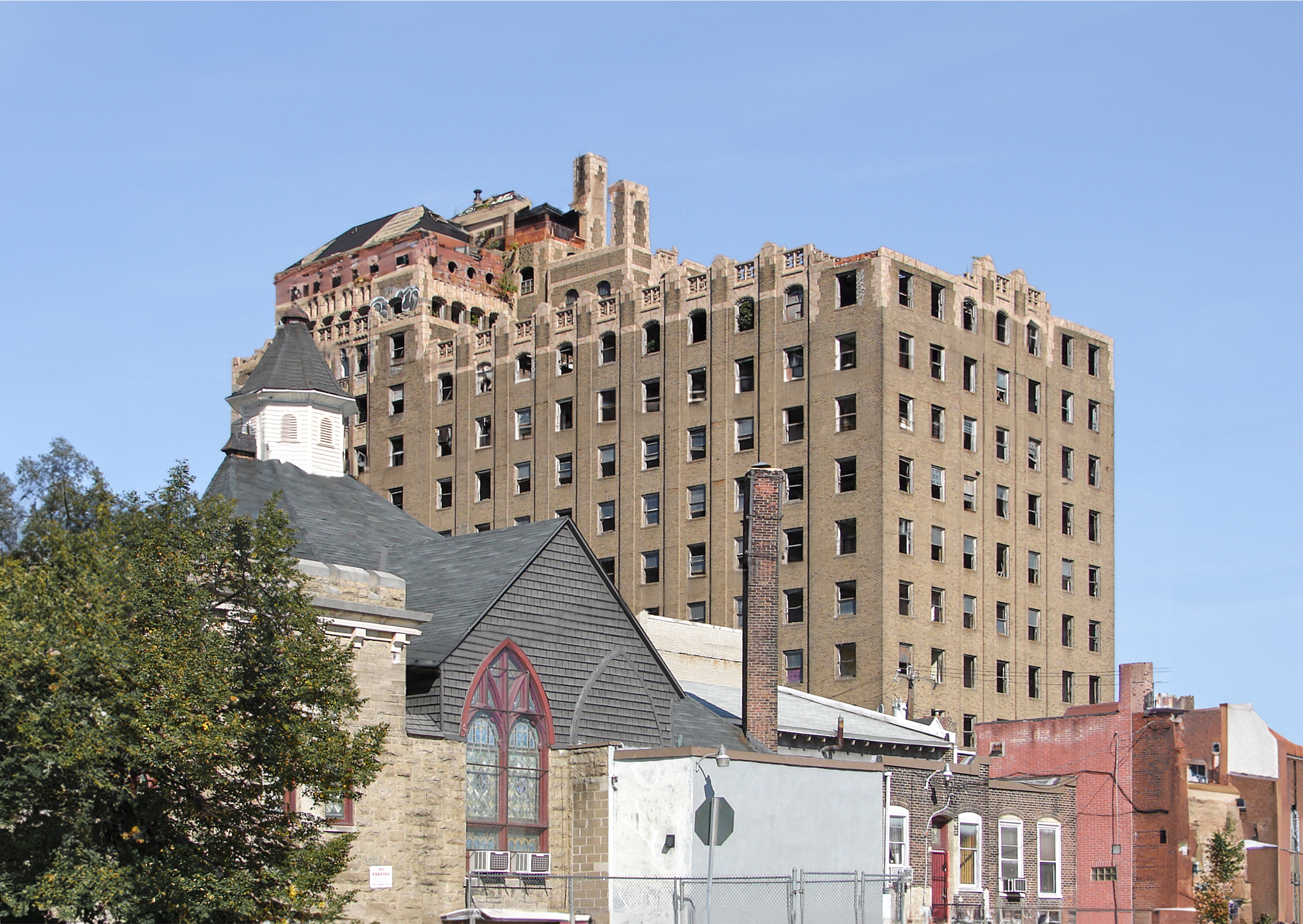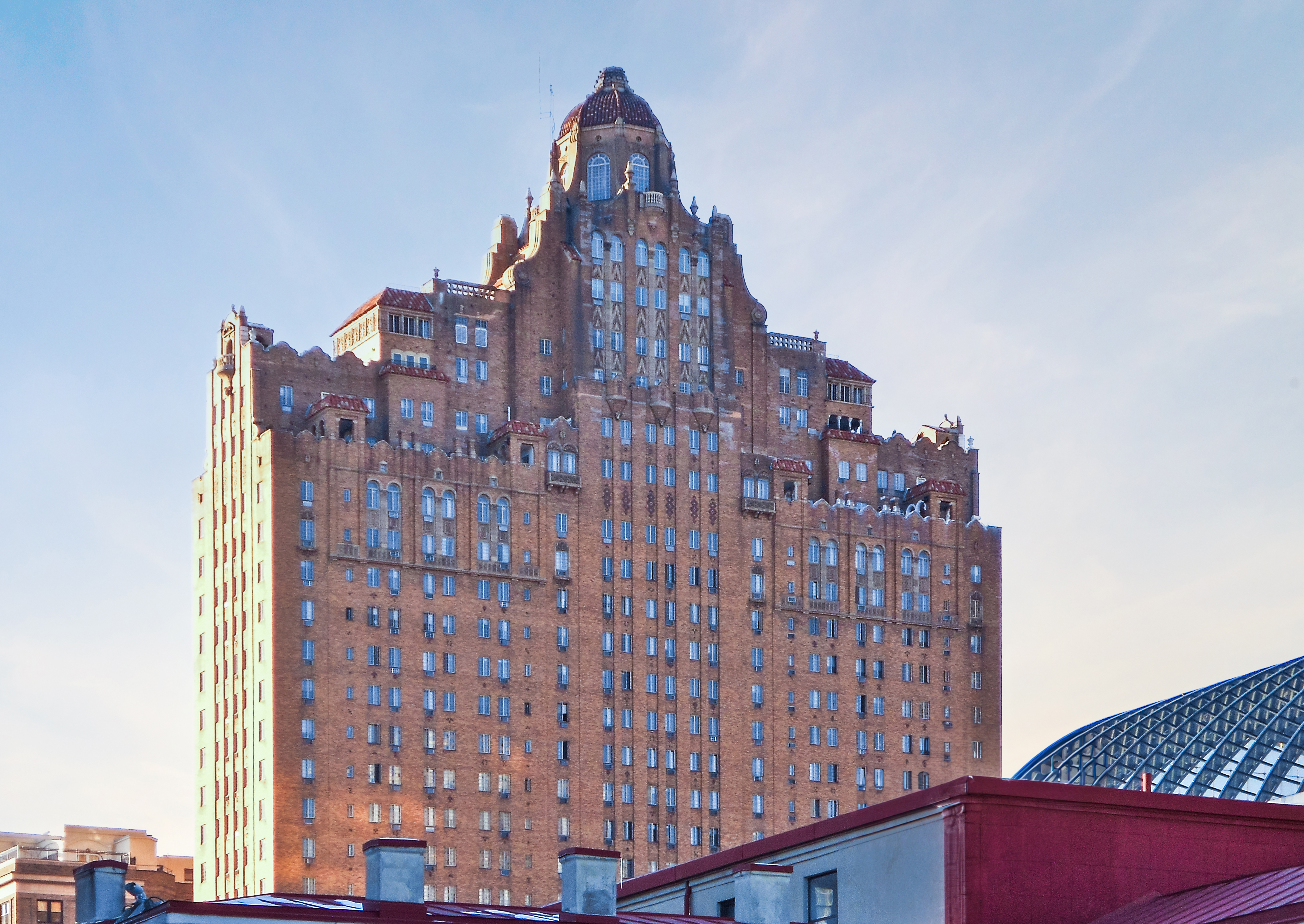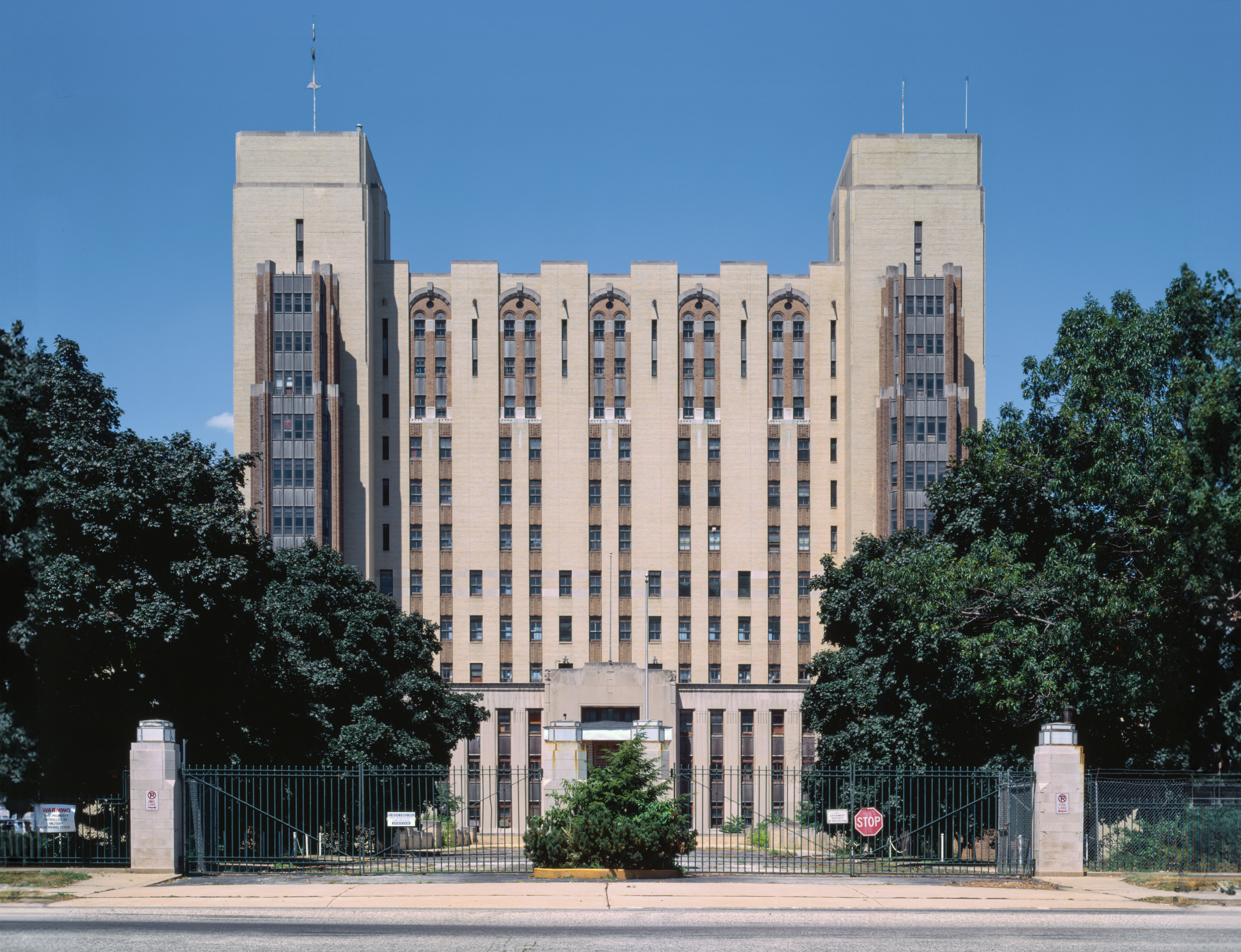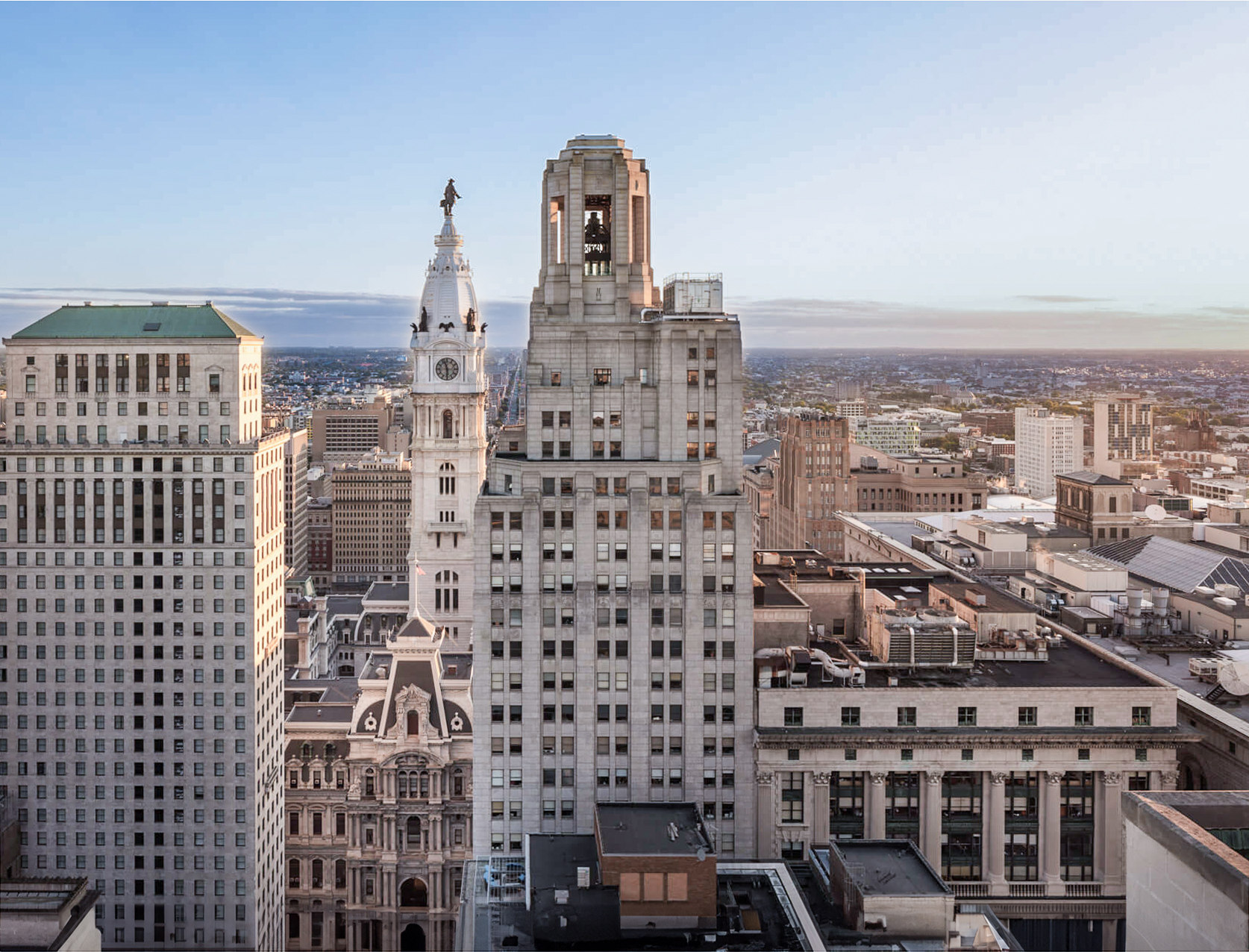The National Bank of North Philadelphia is an Art-deco skyscraper designed by William H. Lee and built between 1926 and 1933 in Philadelphia, PA.
National Bank of North Philadelphia is not the only name you might know this building by though. Between 1930 and it was also known as Beury Building.
Its precise street address is 3701 N. Broad Street, Philadelphia, PA. You can also find it on the map here.
The National Bank of North Philadelphia is a structure of significant importance both for the city of Philadelphia and the United States as a nation. The building embodies the distinctive characteristic features of the time in which it was built and the Art Deco style. Because of that, the National Bank of North Philadelphia was officially included in the National Register of Historic Places on May 20th 1985.
The building underwent a major restoration between 1922 and 1924. The architect commissioned to undertake this restoration was SgRA Architecture.





